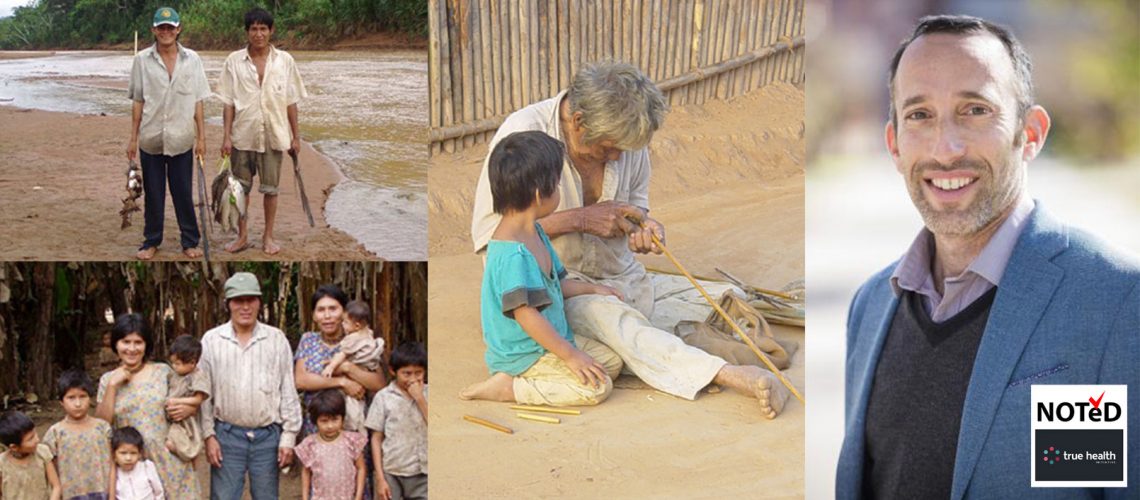Home » NOTeD: Where in the World Are the Lowest Rates of Coronary Artery Disease?
NOTeD: Where in the World Are the Lowest Rates of Coronary Artery Disease?

Dr. Gurven has conducted fieldwork for over two decades with South American indigenous populations, and his work takes an evolutionary perspective on behavior, health, physiology and psychology. Since 2002, he has co-directed, along with Professor Hillard Kaplan of the University of New Mexico, the Tsimane’ Health and Life History Project. The project was established to better understand how aspects of environment and lifestyle affect health and lifespan in subsistence-level societies.
Dr. Michael Gurven, Biodemography and the Lowest Rates of Coronary Artery Disease
Professor Gurven’s research applies an evolutionary lens to help inform our understanding of today’s complex diseases. His current research in biodemography and health disparities helps understand environmental and social impacts on growth, development and aging across the lifespan. He also focuses on how acculturation and market integration have impacted demographic and social patterns, and chronic disease risk (e.g. heart disease, diabetes, dementia) among indigenous populations.
We had the opportunity to find out what fascinated him enough to become a leading anthropologist. We delved into the story of living and working with the Tsimane – which led to the fascinating idea of, and the challenges behind, heart-scanning such a wide spectrum of Tsimane in terms of age and gender.
We discussed the increasing acculturation of the Tsimane, parallels with the Blue Zones – including how they had to work to confirm Tsimane ages (no easy task) – the paradox of high inflammation with low rates of cardiovascular and chronic disease, including coronary artery disease, their impressive physical activity levels into old age and, of course, what they eat! And believe me, there are going to be some surprises for just about everyone.
So sit back (or better yet listen on your smart phone while walking!) and enjoy a wonderful and delightful learning experience with Professor Michael Gurven!

